The figsize can be set the standard matplotlib way: fig, ax = plt.subplots(figsize=....)) and passing the ax to the mosaic() function.
The color can be changed via the properties= parameter. This is a function that gets a key as input (e.g. ('cat', 'female')) and outputs a dictionary with Rectangle properties such as facecolor, alpha, hatch, linestyle, ... . The example below colors all cats green-blueish and all dogs brown. To make a difference between male and female, hatching or alpha could be set different.
The title can be passed via the title= parameter. The example uses an f-string with the percentage of cats.
import pandas as pd
import matplotlib.pyplot as plt
from statsmodels.graphics.mosaicplot import mosaic
gender = ['male', 'male', 'male', 'female', 'female', 'female']
pet = ['cat', 'dog', 'dog', 'cat', 'dog', 'cat']
third_col = [2, 3, 4, 5, 6, 7]
data = pd.DataFrame({'gender': gender, 'pet': pet, 'third': third_col})
percent_cats = f"cats: {100 * len(data[data['pet'] == 'cat']) / len(data):.1f} %"
props = lambda key: {'color': 'turquoise' if 'cat' in key else 'sienna'}
fig, ax = plt.subplots(figsize=(12, 4))
mosaic(data, ['pet', 'gender'], gap=0.06, title=percent_cats, properties=props, ax=ax)
plt.show()

Here is another example, with separate colors for male and female, with a changed order of the columns used and making the first layout direction horizontal.
percent_3rd_col = 100 * data[data['gender'] == 'female']['third'].sum() / data['third'].sum()
title = f"percent female: {percent_3rd_col:.1f} %"
props = lambda key: {'color': 'fuchsia' if 'female' in key else 'deepskyblue'}
mosaic(data, ['gender', 'pet'], horizontal=False, gap=0.06, title=title, properties=props, ax=ax)


